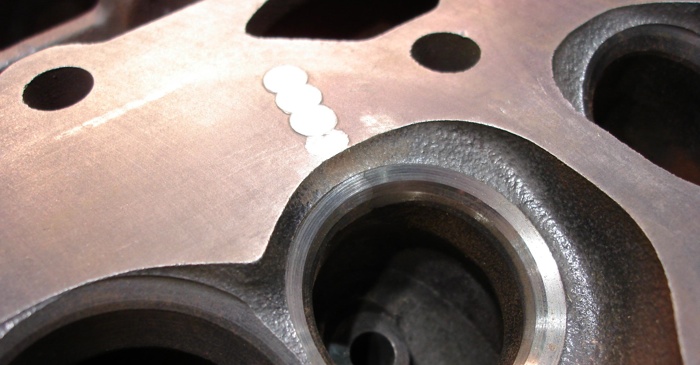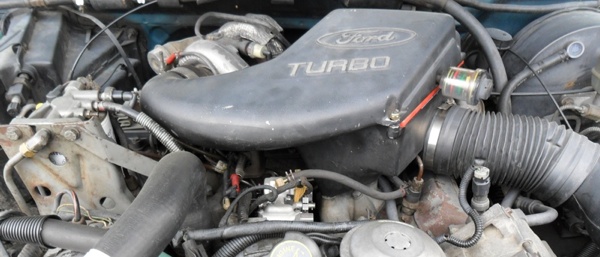Still The Same Old Grind?
The market for crankshaft grinding has changed a great deal in recent years. With many passenger car and light truck engines now lasting upward of 200,000 miles, there’s much less demand for grinding crankshafts than there used to be. By the time the engine needs major work, the vehicle has often depreciated to the point
Machine Shop Market Profile – Part 1
When life starts handing out lemons, say the feel-good self-help gurus, the smart money is on the person who not only makes lemonade but figures out a way to sell it for a profit. While the readers of Engine Builder might be hard-pressed to find time to manage a lemonade stand, the analogy still applies:
University of NW OH Hosts Engine Builders During Technology Conference
More than 250 engine builders learned about the most recent developments in engine building and toured the University’s soon-to-be completed High Performance Technology Building. Seminar topics included: Cylinder Head Welding; Proper Piston Ring Filing; OHC Cylinder Head Disassembly; CNC Machining; Dynamometer Technology; Performance Engine Technology; Crack Detection; Honing for Performance; Cylinder Head Performance. “This was
Researching the Rebuilding Market for Multi-Valve Cylinder Heads
Cylinder head work has provided a good income for many of our readers over the years. All engines eventually need a valve job and guide work if they accumulate enough miles. Head work may also be needed if an engine overheats and blows a head gasket, if the head develops a crack, or an OHC
I can’t seem to trace a coolant leak in a 4.3L GM. Can you help?
A. Coolant loss on 1992-1997 4.3L GM VIN R & W engines has been, at times, difficult to detect. The cause of the coolant loss has been traced to cracks that may develop in the lifter valley area of the block and allow coolant to pass into the valley of the block. This loss of
Valvetrains: Better Materials & Design
Pushrods would seem to be an endangered species these days, atleast as far as most new engine designs are concerned. The onlybrand new engines built in recent years with a pushrod valvetrainhave been Chrysler’s 8.0L V10 for the Viper and Dodge Ram, andGeneral Motors new "LS1" 5.7L small block V8. All therest have either been
Engine Block and Head Repair
A cracked cylinder head or engine block may or may not be bad news depending on the size and location of the crack(s), the value of the casting and what it will take to fix the crack(s) versus what it would cost you to replace the casting. Read what your options are in this Larry Carley feature.

Ford’s Power Stroke Powerplants
The biggest question heard from customers is, “Why did Ford replace the 7.3L with the 6.0L?” There are good reasons as to why the 7.3L Power Stroke had to be removed from service and these reasons brought about many changes in the Power Stroke platform.

Cleaning Engine Blocks & Engine Cylinder Heads
Cleaning engine blocks and cylinder heads is just as important as the machining operations you will perform on the castings. You can’t do a thorough job of inspecting these parts if they are dirty, greasy or covered with paint or corrosion. Checking for cracks in cast iron heads and blocks requires a clean surface for
